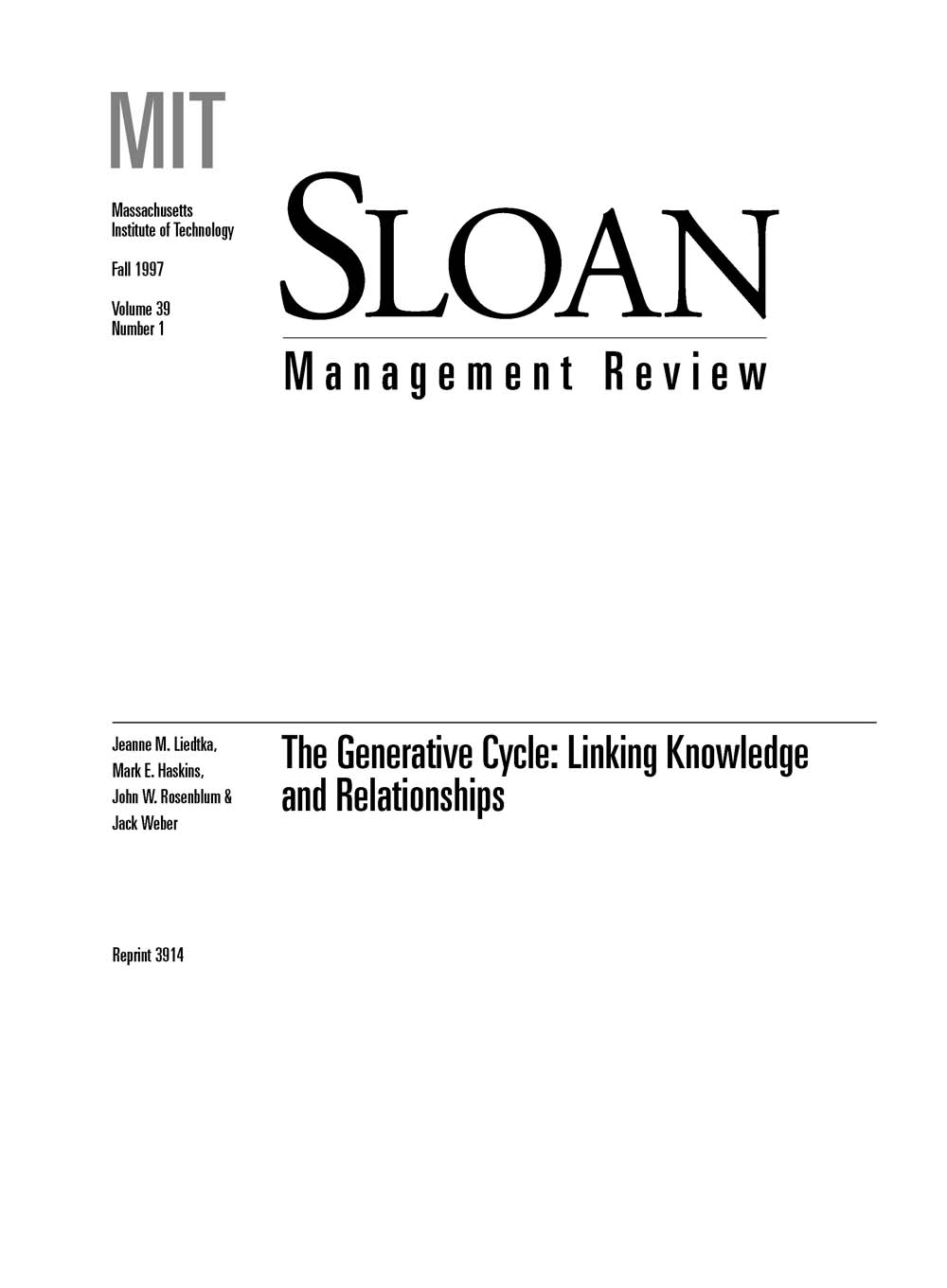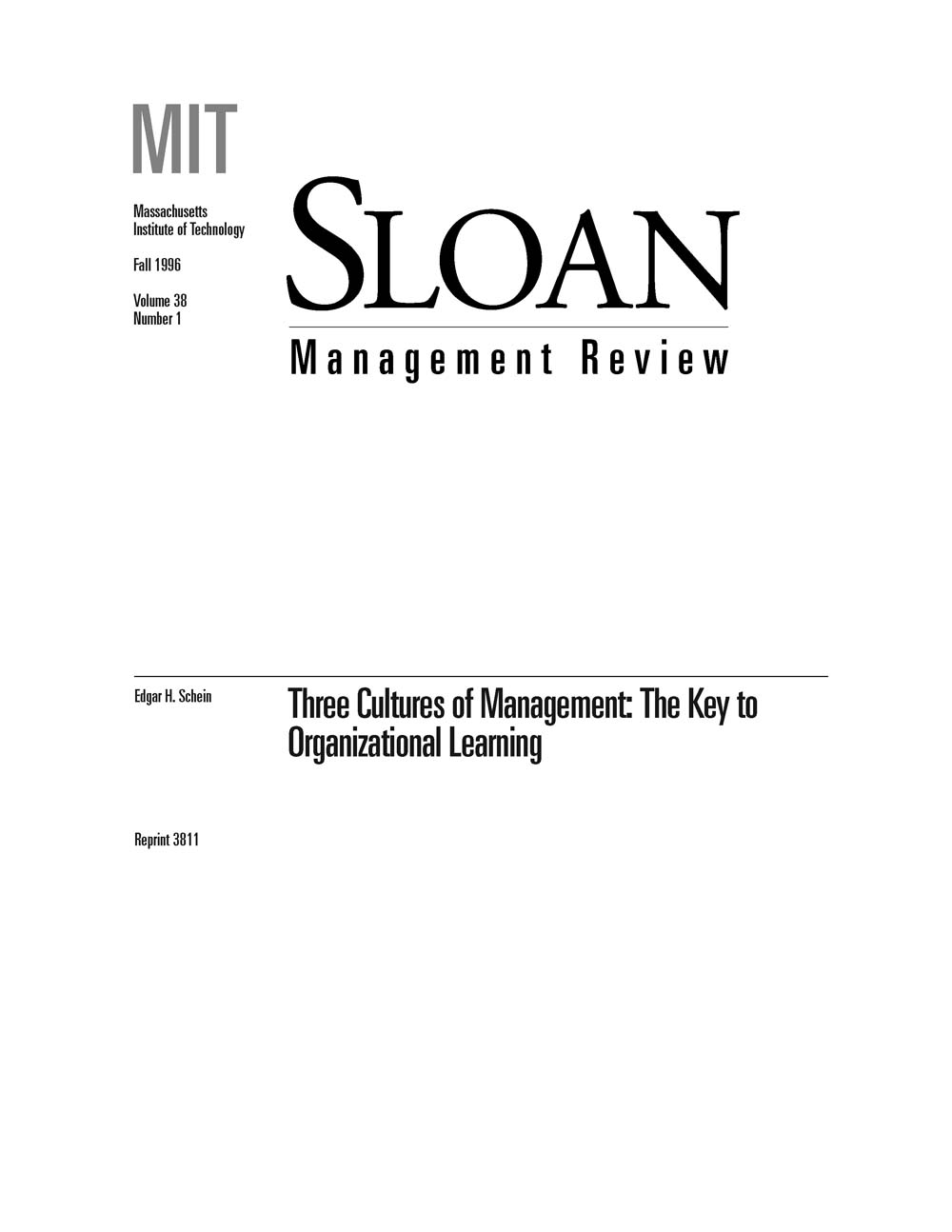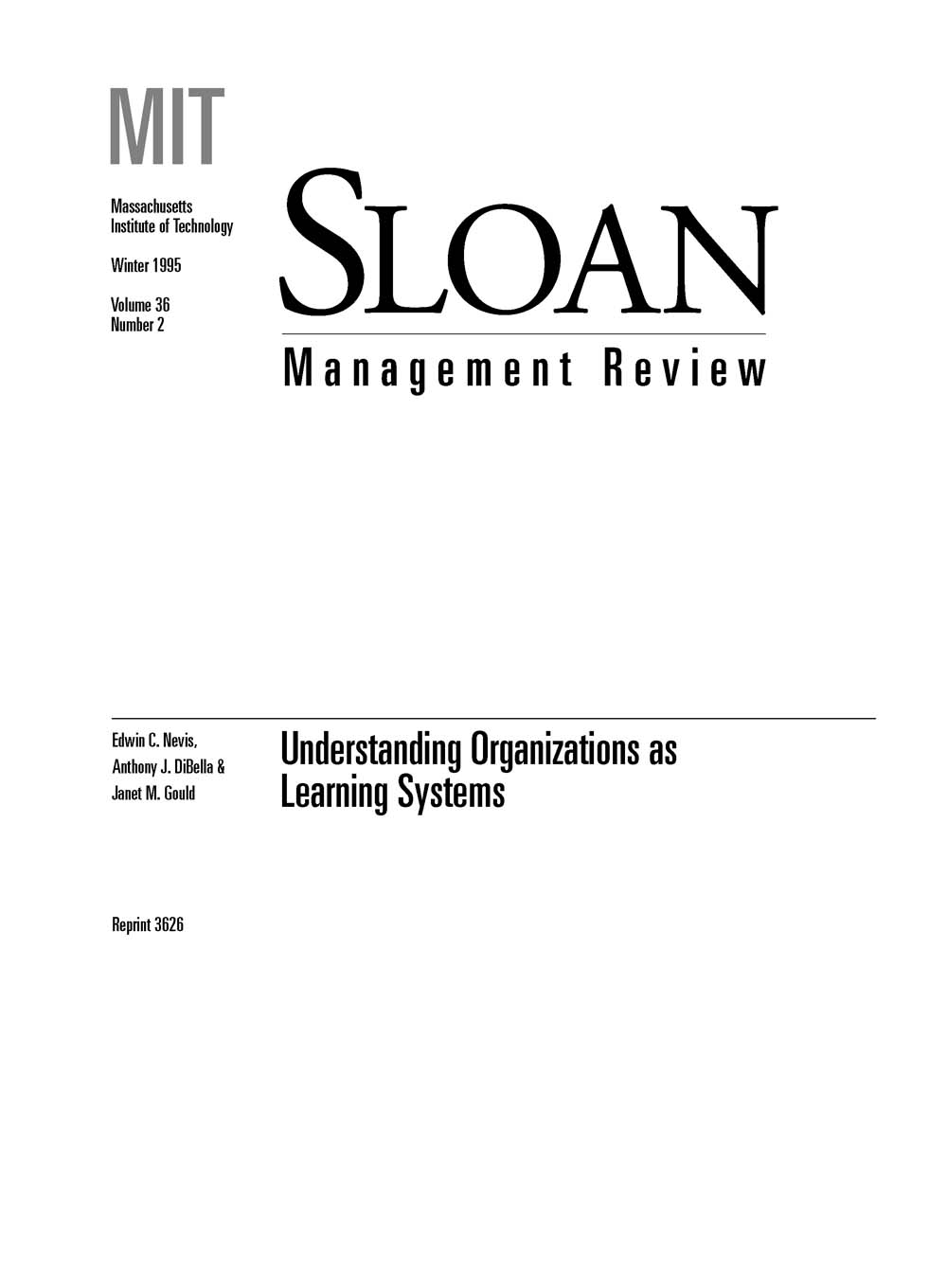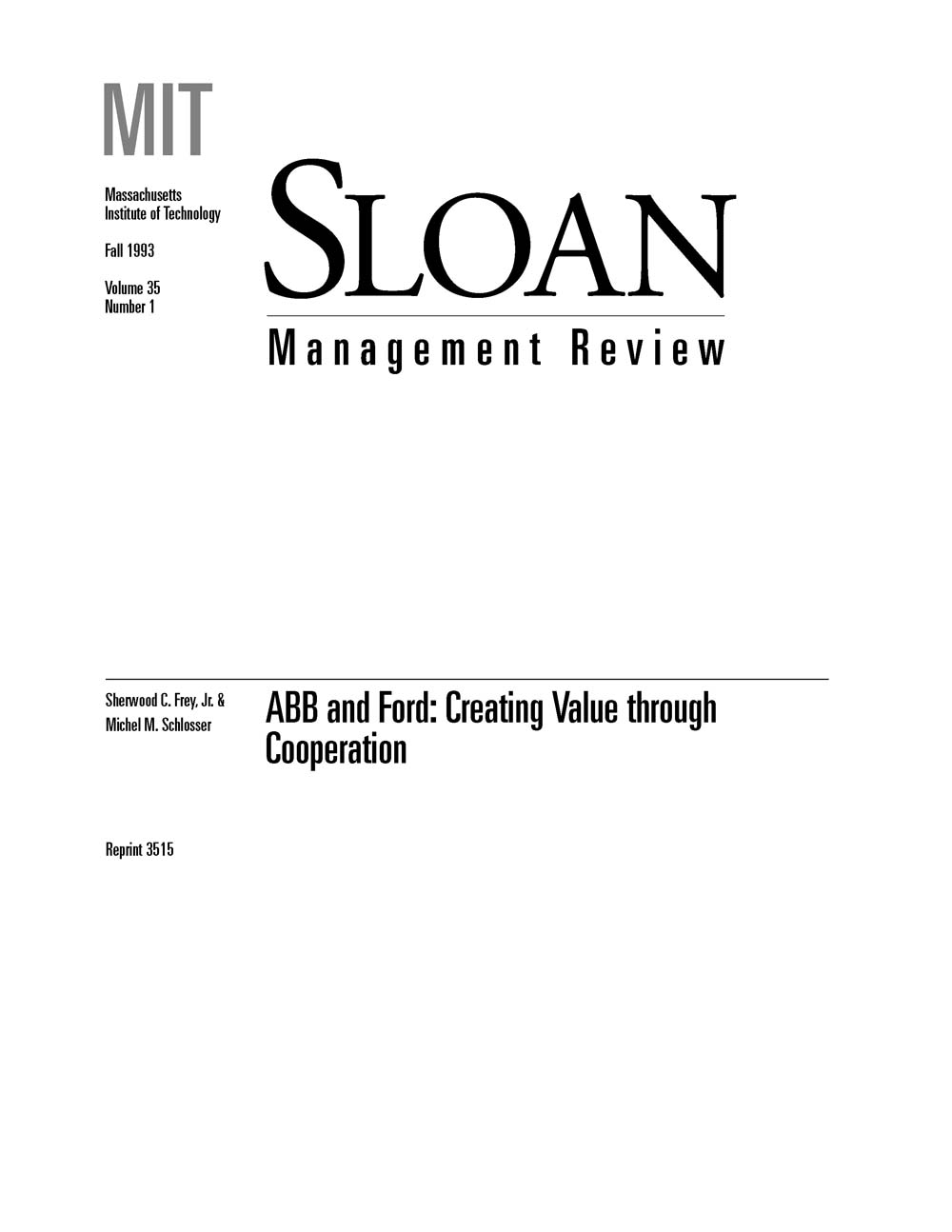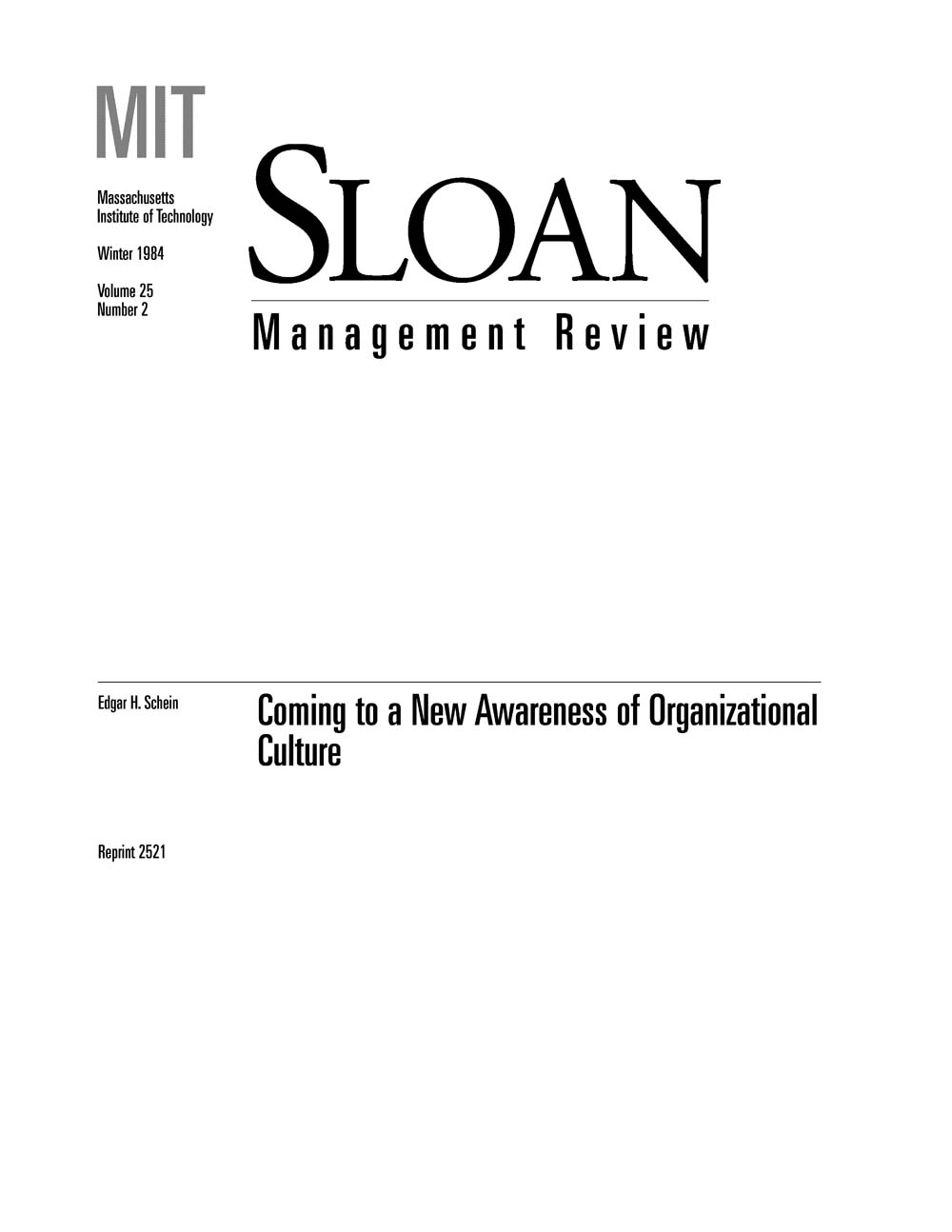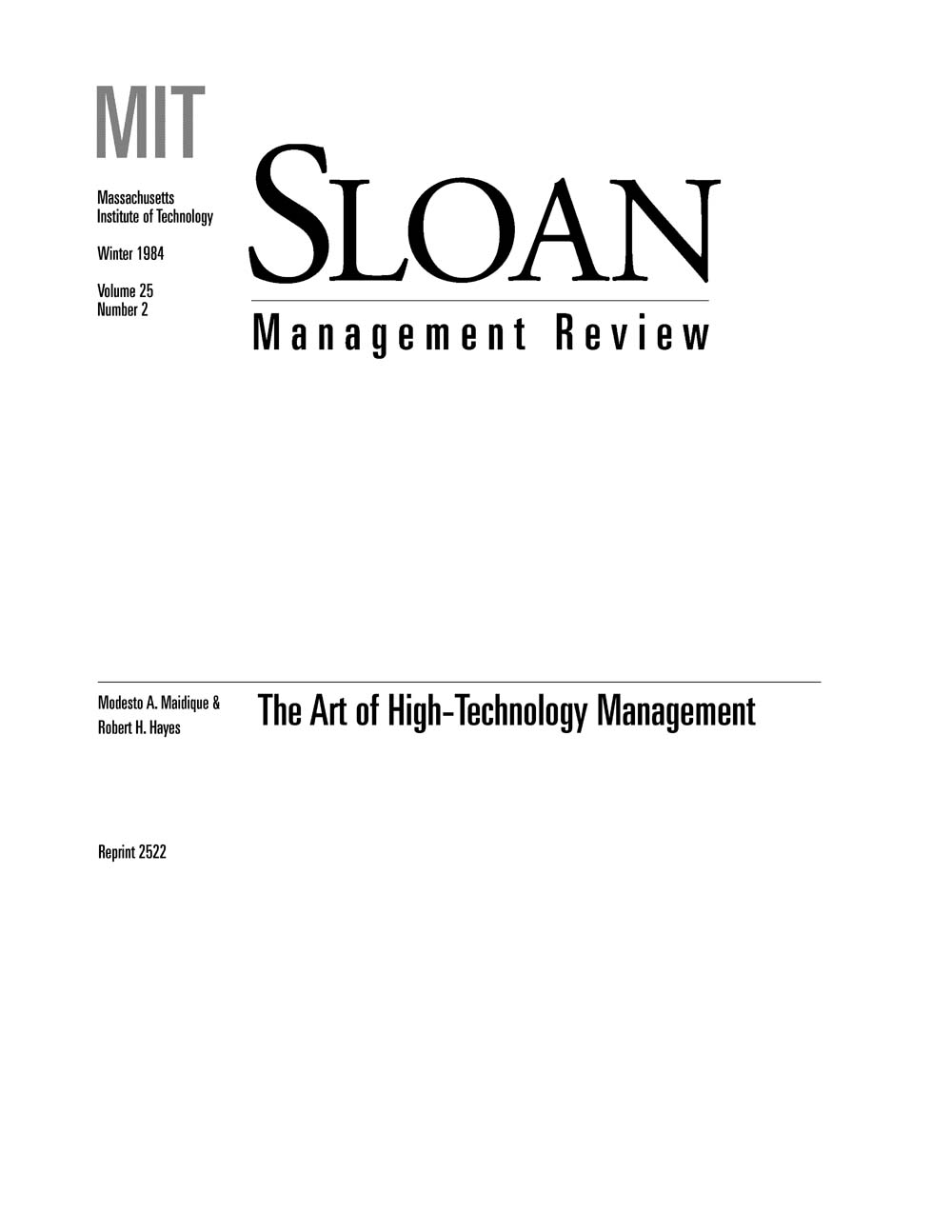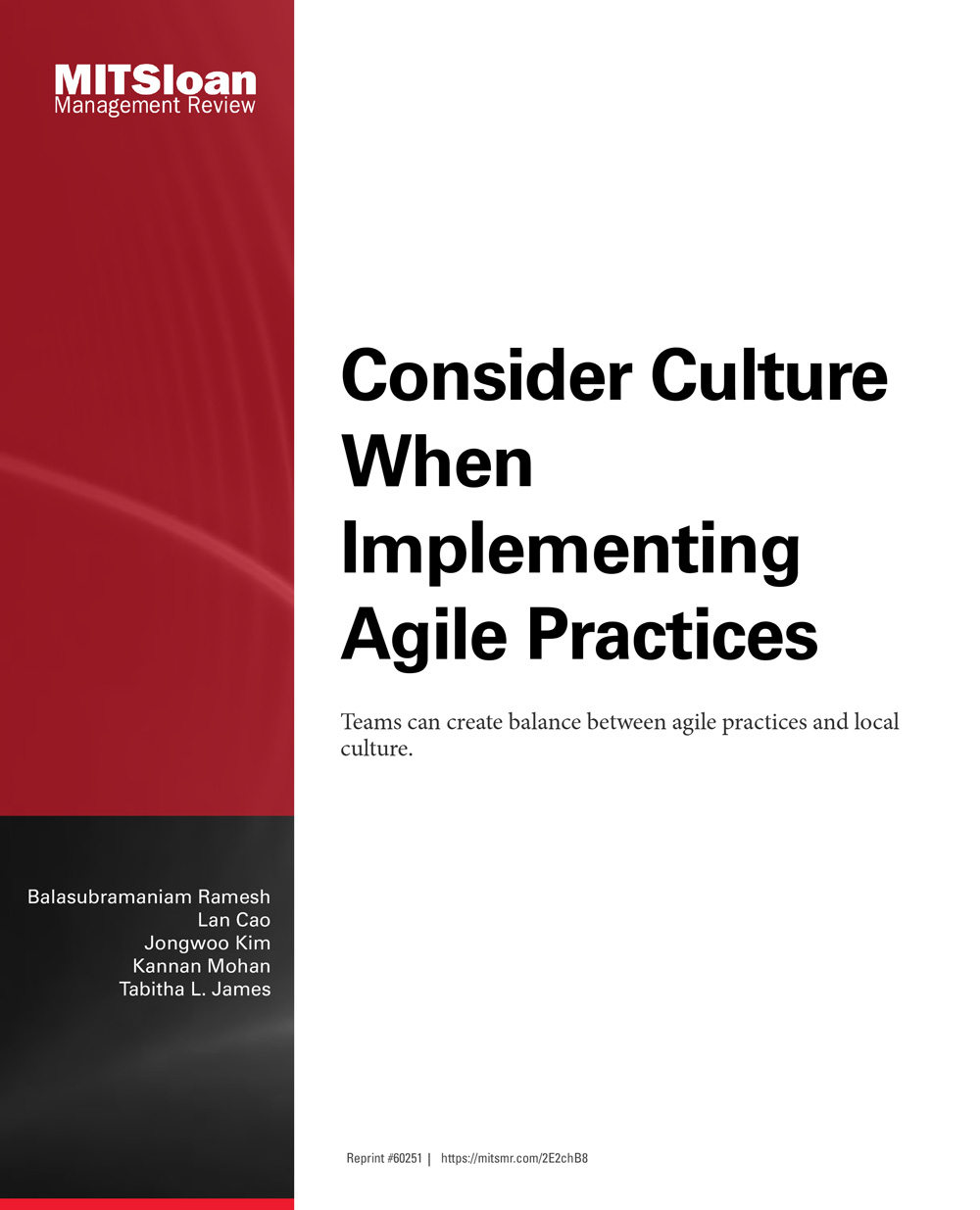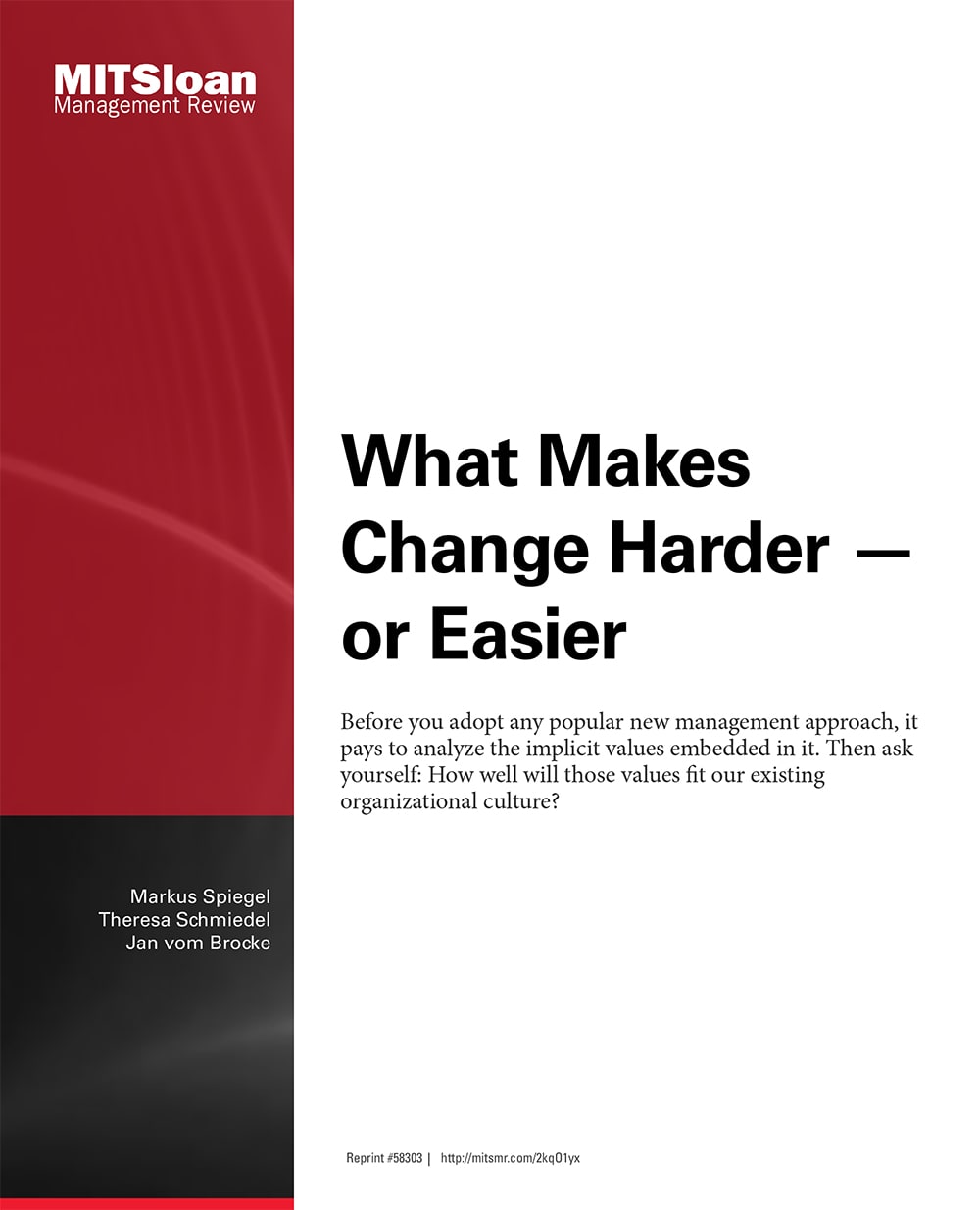The flat structures, service-oriented workforce, and participative decision processes of professional service firms are a model for larger organizations.
Workplace, Teams, & Culture
Page 33 of 33
-
Three Cultures of Management: The Key to Organizational Learning
Executives, engineers, and operators often don't understand each other very well, and that lack of alignment can hinder learning.
-
Understanding Organizations as Learning Systems
How can you tell if your company is, indeed, a learning organization? What is a learning organization anyway? And how can you improve the learning systems in your company? The authors provide a framework for examining a company, based on its "learning orientations," a set of critical dimensions to organizational learning, and "facilitating factors," the processes that affect how easy or hard it is for learning to occur. They illustrate their model with examples from four firms they studied -- Motorola, Mutual Investment Corporation, Electricite de France, and Fiat -- and conclude that all organizations have systems that support learning.
-
ABB and Ford: Creating Value through Cooperation
To the extent that buyer-supplier relationships can be cooperative, value can be created for both customers and vendors. Regrettably, the traditional behavior of some industries, particularly the U.S. automotive industry, often precludes cooperation. The authors describe one successful case -- the experiences of ABB and the Ford Motor Company during the design and construction of a $300 million facility. The authors explain the key factors that led to ABB's and Ford's success and how value-adding cooperation between buyers and suppliers can be fostered.
-
Coming to a New Awareness of Organizational Culture
If we really want to decipher an organization's culture, this author claims that we must dig below the organization's surface -- beyond the "visible artifacts" -- and uncover the basic underlying assumptions, which are the core of an organization's culture. To do this, he provides a tool -- a formal definition of organizational culture that emphasizes how culture works. With this definition in hand, the author feels that one cannot only come to understand the dynamic evolutionary forces that govern a culture, but also can explain how the culture is learned, passed on, and changed.
-
The Art of High-Technology Management
The central dilemma of high-tech firms is managing two conflicting trends: continuity and rapid change.
-
Consider Culture When Implementing Agile Practices
Create harmony between agile and your team’s culture.
-
What Makes Change Harder — or Easier
Before adopting any new management approach, ask: How well will its values fit our culture?



